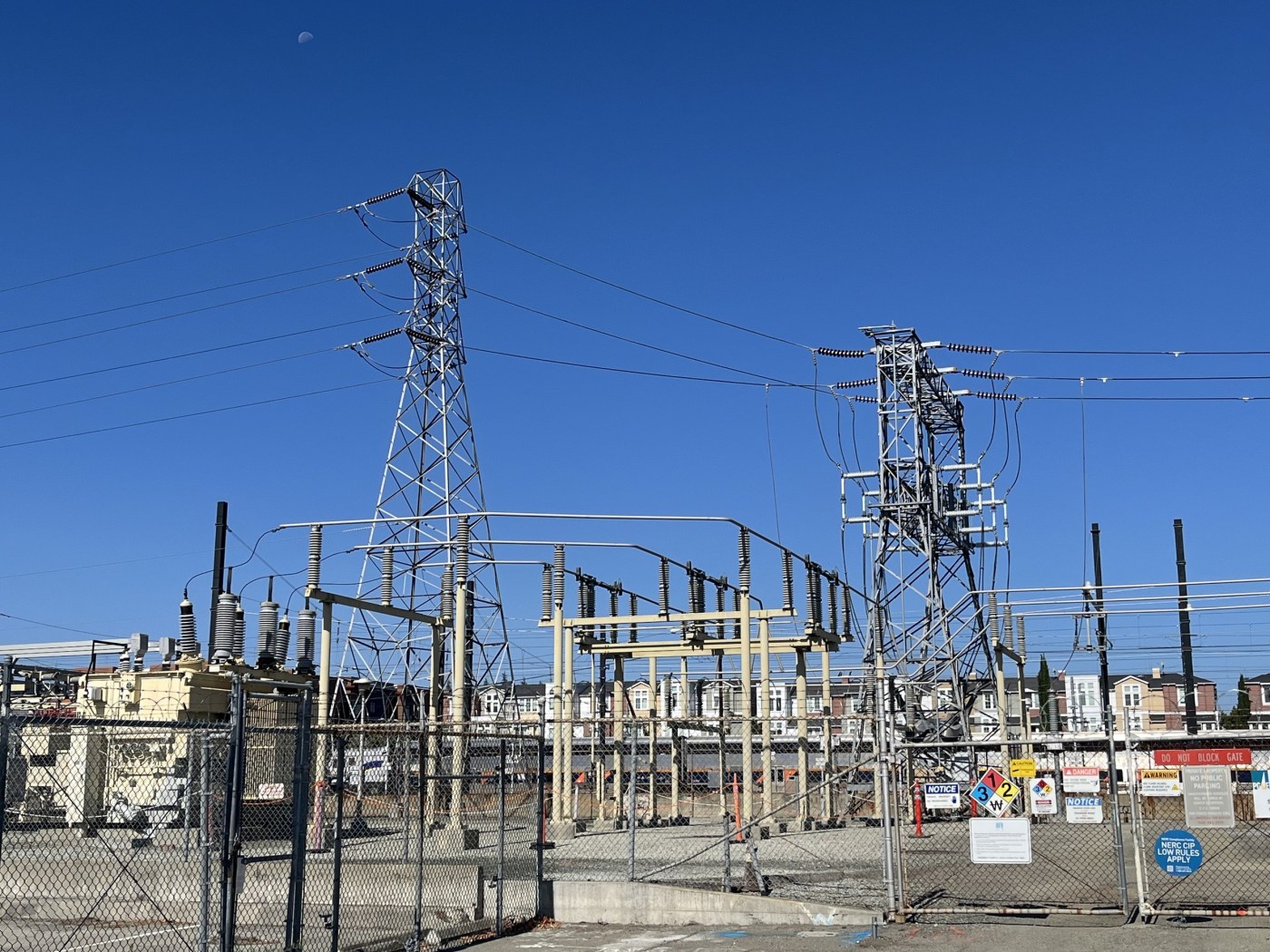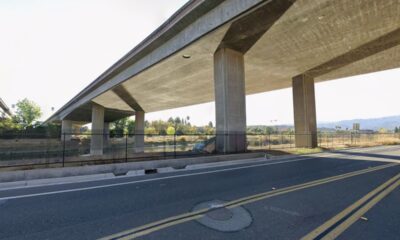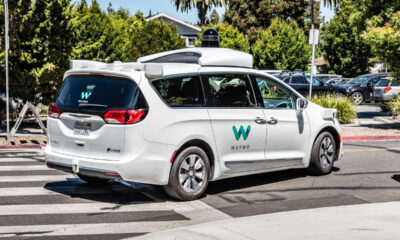Technology
PG&E Plans Major Upgrades to Meet Rising Electricity Demand in San Jose

San Jose is poised for significant changes as PG&E outlines ambitious plans to expand its electricity infrastructure in response to a surge in demand from the tech sector. PG&E Chief Executive Officer Patricia Poppe emphasized the city’s potential in a recent interview, noting that the demand for electricity in the South Bay is expected to exceed projections significantly.
The utility company, based in Oakland, is focusing on enhancements at two key substations in downtown San Jose: Substation A at the intersection of South Montgomery Street and Otterson Street, and Substation B located at 260 Coleman Avenue. These upgrades are essential to support the increasing needs of the area, particularly from technology companies eager to establish a presence in the region.
Poppe pointed out a misconception among tech firms regarding PG&E’s capacity to deliver power. She stated, “One of the big misunderstandings was that tech companies thought PG&E was out of power, but they were wrong about that. We hadn’t communicated well about that.” With renewed interest and demand from tech companies, PG&E is preparing to accommodate this growth.
Electricity Demand Projections and Infrastructure Investments
According to Jake Zigelman, PG&E’s vice president overseeing Bay Area operations, the utility anticipates that electricity demand will continue to rise over the long term, driven by factors such as data centers, electric vehicles, and building electrification. The company projects that load growth could double by 2040, with San Jose playing a critical role in this expansion.
“About 20% of that projected data center load growth, or nearly 2 gigawatts, is concentrated in San Jose, nearly tripling the city’s current energy use,” Zigelman explained. Currently, San Jose’s energy load stands at 1 gigawatt, with projections indicating a need for an additional 1.8 gigawatts in capacity to meet future demands.
Poppe emphasized the need for land and infrastructure, stating, “Tech companies need land, they need space to build infrastructure, and they need power. So where there’s land, we deliver the power.” This strategic focus on land availability positions San Jose as an ideal location for technological growth.
Financial Implications and Community Considerations
The push for infrastructure upgrades is not only beneficial for tech companies but could also lead to lower electricity costs for PG&E customers. Stephanie Magallon, a PG&E spokesperson, noted that every gigawatt of new demand from data centers could help reduce PG&E bills by 1% to 2% under favorable conditions. This reduction is possible because larger energy consumers can share the fixed costs associated with operating and maintaining the electric grid.
Nonetheless, concerns regarding the impact of data centers on electricity rates persist. The Utility Reform Network (TURN), a consumer advocacy group, has expressed apprehension about potential rate increases for households. TURN’s executive director, Mark Toney, stated, “TURN is very concerned about data centers driving up electric rates for Californians. It’s essential that those costs are recovered fairly and don’t cause electric rates to increase for households who are already struggling to pay their utility bills.”
In September 2023, PG&E reported a 2.1% decrease in monthly bills for typical residential ratepayers, a welcome change after years of rising costs. The utility is currently working on delivering electricity to a series of projects that together will require about 10 gigawatts of power.
Among these projects are 17 data centers nearing the final engineering phase, expected to begin operations between 2026 and 2030. Upgrades at substations A and B could further enhance power capacity for significant developments in downtown San Jose, including plans by Westbank for new housing initiatives and Google’s transit-oriented neighborhood project.
PG&E is particularly enthusiastic about Westbank’s proposals to integrate data centers with adjacent housing developments, aiming to utilize excess energy generated by tech hubs for residential needs. Poppe remarked, “We are particularly excited about Westbank because it has that neat heat capture element that can actually reduce the electric load to heat a building.”
As PG&E prepares to meet the demands of the future, the utility remains committed to supporting major infrastructure projects, including Google’s Downtown West initiative, which aims to create a mixed-use space encompassing homes, offices, and public areas. Poppe concluded, “We’re ready to power major infrastructure projects like Google’s, which is why we are investing in those substations.”
-

 Technology5 months ago
Technology5 months agoDiscover the Top 10 Calorie Counting Apps of 2025
-

 Health3 months ago
Health3 months agoBella Hadid Shares Health Update After Treatment for Lyme Disease
-

 Health3 months ago
Health3 months agoErin Bates Shares Recovery Update Following Sepsis Complications
-

 Technology4 months ago
Technology4 months agoDiscover How to Reverse Image Search Using ChatGPT Effortlessly
-

 Technology1 month ago
Technology1 month agoDiscover 2025’s Top GPUs for Exceptional 4K Gaming Performance
-

 Technology3 months ago
Technology3 months agoElectric Moto Influencer Surronster Arrested in Tijuana
-

 Technology5 months ago
Technology5 months agoMeta Initiates $60B AI Data Center Expansion, Starting in Ohio
-

 Technology5 months ago
Technology5 months agoRecovering a Suspended TikTok Account: A Step-by-Step Guide
-

 Health4 months ago
Health4 months agoTested: Rab Firewall Mountain Jacket Survives Harsh Conditions
-

 Lifestyle5 months ago
Lifestyle5 months agoBelton Family Reunites After Daughter Survives Hill Country Floods
-

 Health3 months ago
Health3 months agoAnalysts Project Stronger Growth for Apple’s iPhone 17 Lineup
-

 Technology4 months ago
Technology4 months agoHarmonic Launches AI Chatbot App to Transform Mathematical Reasoning





















